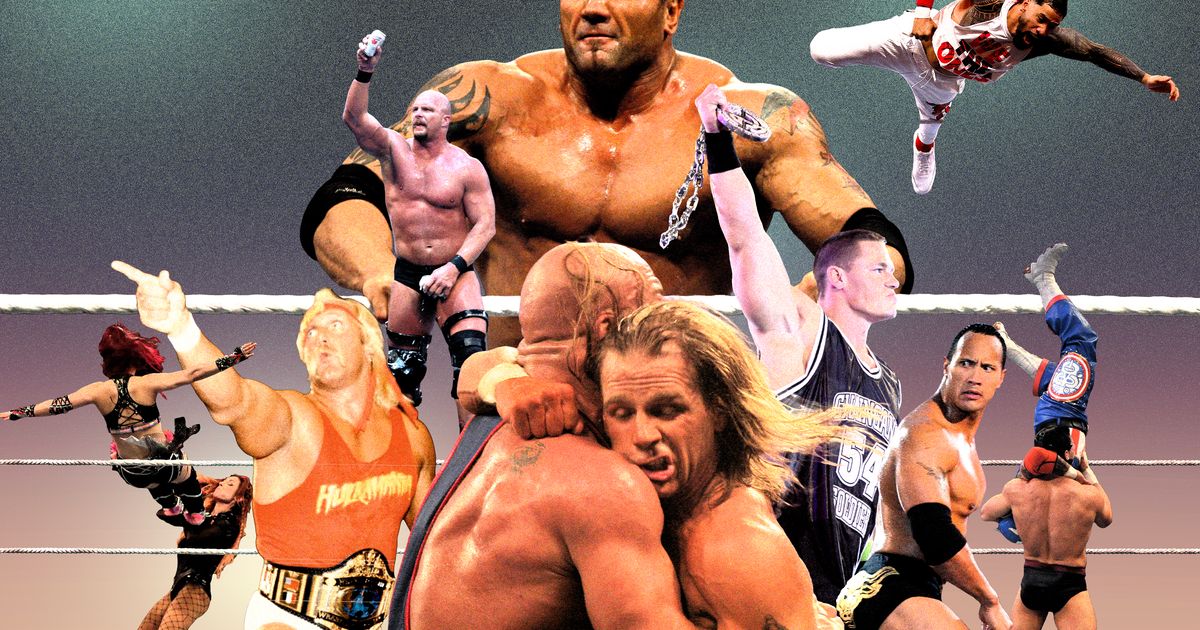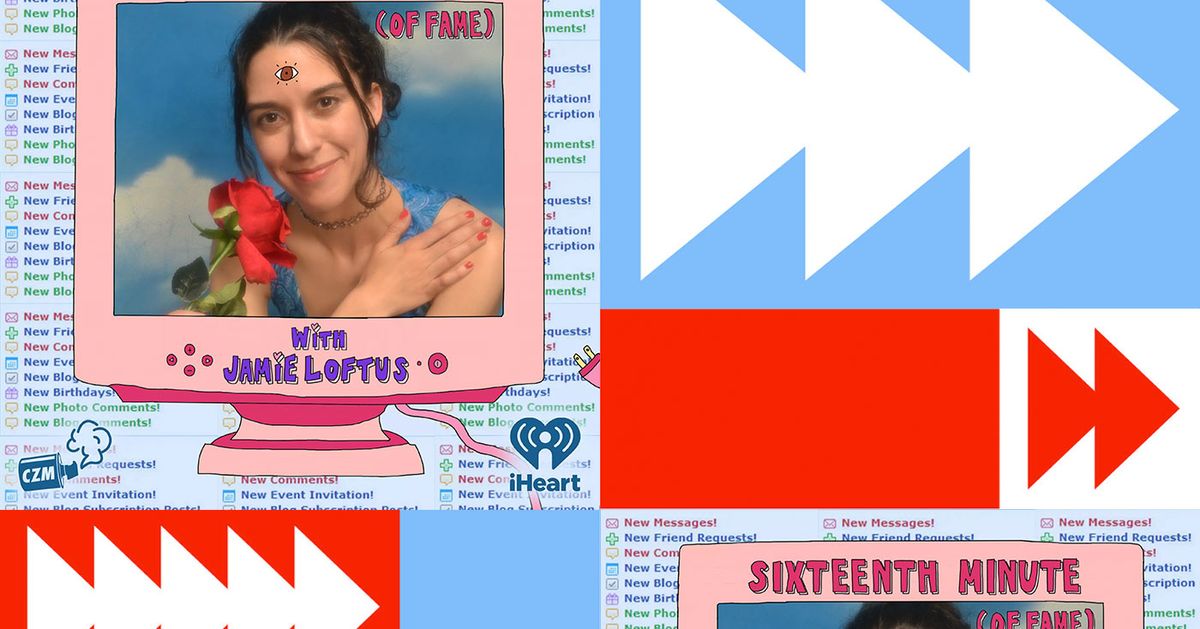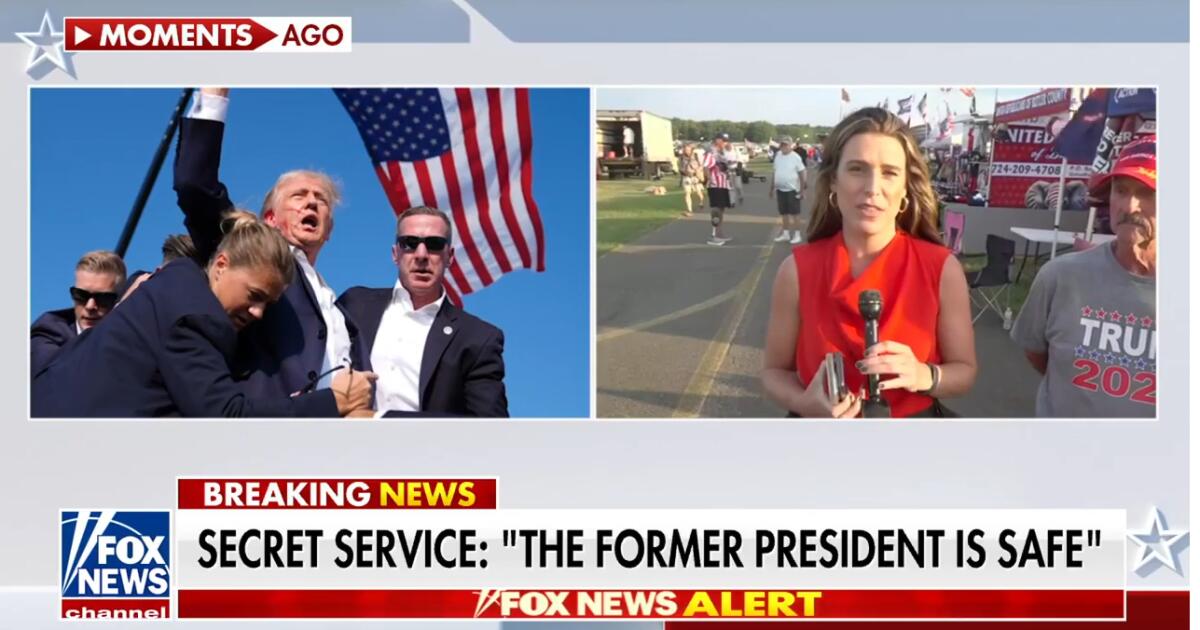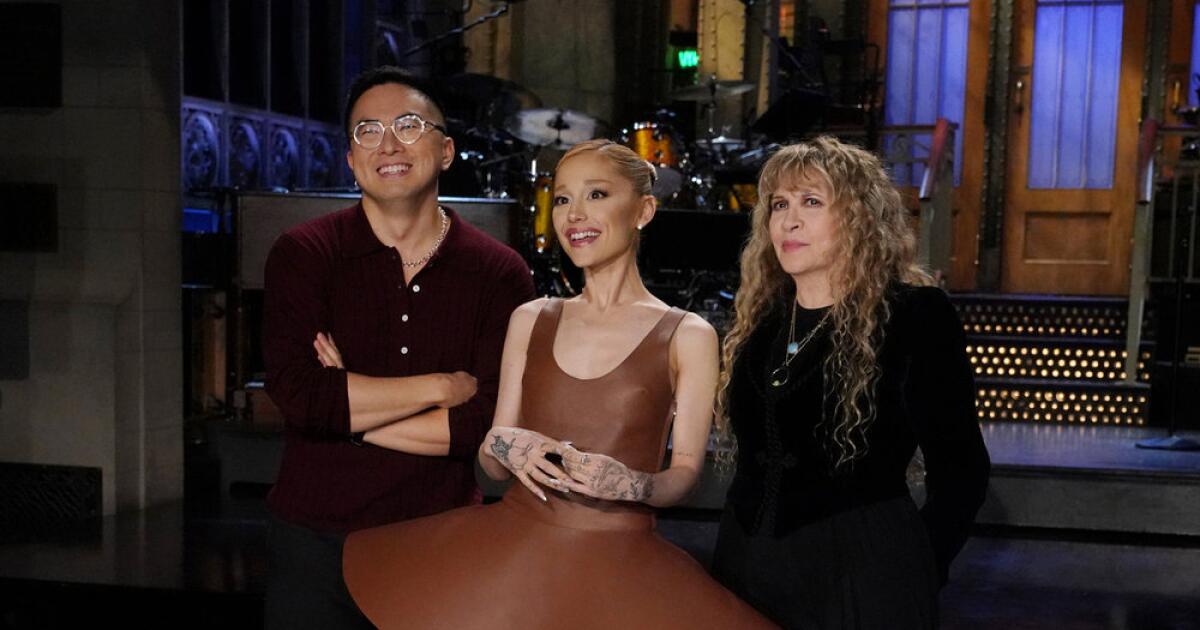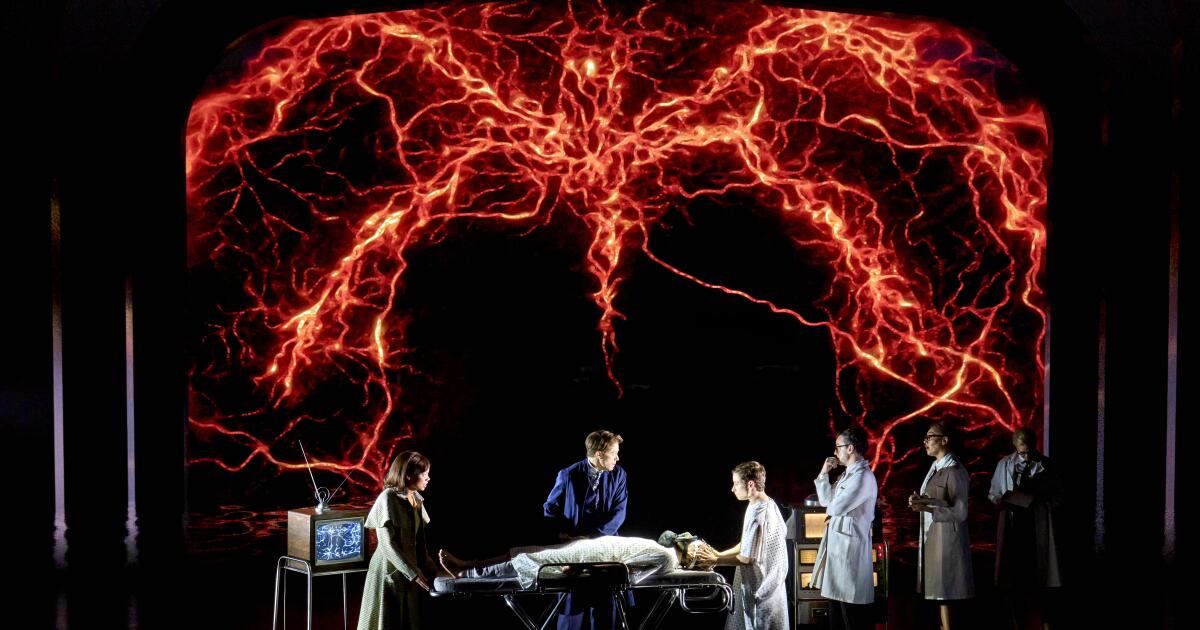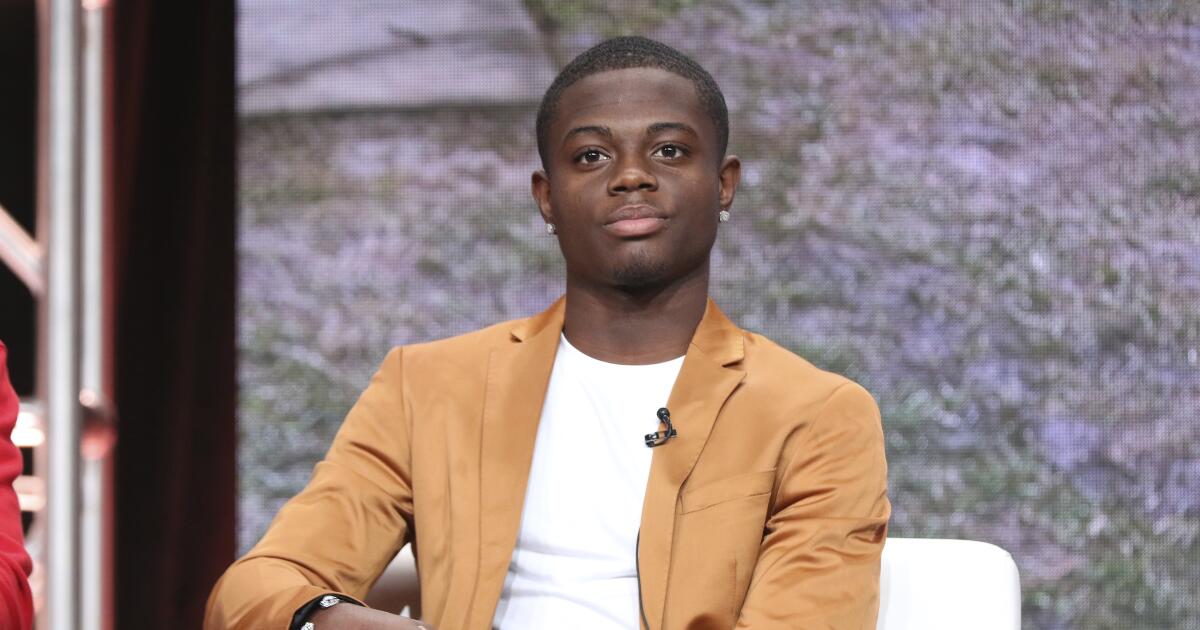Photo-Illustration: Vulture; Photos: Getty
WrestleMania is the Super Bowl of the WWE, an event meant to appeal to die-hard fans of pro wrestling and general audiences alike. It is a spectacle built to create star-making performances within its industry while also concluding long-running storylines and securing new eyes on the product. With WrestleMania XL set to celebrate the 40th anniversary of the annual event (and also symbolically represent the WWE attempting to escape the shadow of the heinous allegations against its former owner, Vince McMahon), a lot is riding on the success of this year’s event in particular.
With a main-event storyline that includes dominant champ Roman Reigns, indefatigable challenger Cody Rhodes, bold ally Seth Rollins, and arrogant celebrity the Rock, fan attention is currently at its height. The only thing that remains to be seen is how good their matches actually are.
Because, in the case of WrestleMania, the quality of main events has varied wildly. They’ve been depressingly underwhelming, positively stunning, and everything in between. Some have featured classic performances from the likes of Stone Cold Steve Austin, the Rock, Hulk Hogan and John Cena, while others have given us some of the purest examples of pro wrestling at its most needless and creatively exhausted. This list will attempt to rank them from worst to best, taking into account in-ring action, audience interest, and storyline development.
Please note that to alleviate their bathroom-break-inducing running times, in 2020, WrestleMania was split into a two-night event. As such, the main events of Night 1 and Night 2 will be judged separately. Professional-wrestling fans may also notice the exclusion of the WrestleMania XX main event which involved Chris Benoit, Triple H, and Shawn Michaels. The match itself is fantastic, but due to Benoit’s highly publicized murder-suicide, it’s impossible to recommend and rank in good faith.
Brock Lesnar and Roman Reigns have had a trilogy of main-event matches and the middle installment is by far the worst. It’s a plodding encounter, one so abysmally paced that fans chant “Boring!” throughout. Roman Reigns, yet to evolve into the well-defined heel that he is today, can’t rally any support against Lesnar, the champ who’s gone so long being impenetrable that the audience has lost interest in him. With a good guy that no one likes and a bad guy that no one cares about, Lesnar’s eventual “surprise” victory is a blessing only because it means that the match is finally over and everyone can go home.
WrestleMania XI is stuffed with outside celebrities, from Pamela Anderson accompanying the world champion Diesel to the ring to a mid-show Salt-N-Pepa performance. Of course, the event has always served as the WWE’s olive branch to wider pop culture, but XI might be its most outsize effort ever as it puts NFL player Lawrence Taylor in the main event against Bam Bam Bigelow. To be fair, Taylor has the athleticism to keep this match from being a total disaster, and Bigelow is one of pro wrestling’s most underrated big guys, but the match never really gains any steam. It’s remarkably clear who is going to win from the onset and only Taylor (and not the WWE) comes out looking any better.
The last full main event that Hogan wrestled during the “Hulkamania” era of WWE is tiresome. By that point, Hogan’s shtick of taking on absurdly large men and prevailing against the odds had run cold and the audience reception to him is muted. Sid Justice, though competent in other matches, is given few opportunities to prove himself as a rising star against the notoriously egotistical Hogan. A botched ending knocks whatever wind the match had out of it, leaving everyone to wonder why Ric Flair versus Randy Savage, a fantastic earlier bout for the actual WWE Championship, wasn’t given the top spot.
By the time Roman Reigns entered the 32nd installment of WrestleMania, fans had long gotten bored of his stale do-gooder character work and the WWE’s laborious efforts to position him as its leading man. And with Triple H once again playing championship gatekeeper against an “underdog” figure, the writing was on the wall. A “passing of the torch” scenario burns itself to ash as the match lasts 34 humdrum minutes, and the glacial momentum climaxes in a result that everyone expected. If there’s any WrestleMania main event that represents true creative malaise in recent WWE history, it’s this one.
The first WrestleMania to occur during the COVID-19 pandemic is a bizarre watch. With no crowd to react to the action in the empty WWE Performance Center training facility, it feels more like experimental performance art than anything fans are used to. Drew McIntyre, an easy favorite considering his talent and effortless personality, deserved a better crowning moment than the one he gets against Lesnar here, who seems content to go through the motions in order to drop his WWE Championship.
In the late ’80s, Hulk Hogan’s status as a friend to children, brand mascot, and immortal superhuman in the WWE meant that challengers often served as little more than minor inconveniences. The lead-up in the weeks prior to the match, in which King Kong Bundy “injured” Hogan’s ribs, is more entertaining than the match itself. And though Bundy is certainly sizable (his match at the first WrestleMania consisted of him quite literally “squashing” an opponent in a few seconds), this match feels mostly like a rough draft for Hogan’s upcoming wars against giants.
In the grand history of WWE, allowing Roman Reigns to topple the Undertaker, a character that had previously gone nearly undefeated at WrestleMania (outside of a single shocking loss to Brock Lesnar), is a good idea. It solidifies Reigns as a top guy and gives him the kind of cocky clout that he’d previously been missing. The match itself, though, is a deeply disenchanting experience. Reigns’s repertoire of moves feels limited and Undertaker, battered after a three decade career in the business, is in no position to carry him to a good match. Reigns wins after 23 agonizing minutes. That said, Reigns announcing “This is my yard now” to an uproariously angry crowd the next night and beginning a journey that would take him to the confident personality he has today, almost makes it all worth it. Almost.
The decision to turn Sgt. Slaughter, a long-time patriotic character, into an Iraqi sympathizer who espoused the glories of Saddam Hussein, was never going to age well. And it didn’t help that the Gulf War had ended a full month before the WrestleMania where he was set to take on the American flag-waving Hulk Hogan. Also, at 20 minutes, it’s about twice as long as it needs to be. However, Slaughter makes Hogan’s offense look like a million bucks and by choosing to bleed a little bit, Hogan makes Slaughter look like a desperate, rabid bad guy.
Even if it had been a better match, Undertaker vs. Sycho Sid never stood a chance of being WrestleMania XIII’s highlight. After Bret Hart vs. Stone Cold Steve Austin ended with the immortal image of a blood-soaked Austin passing out while locked in Hart’s finishing submission move, everything else feels needless. Sid and Undertaker never manage to mesh well in the ring and the match has an uneven start-stop quality that the audience seems indifferent to. Sadly, the match’s main emotional moments totally hinge on the outside interference of the aforementioned Hart, a guy with a storyline (and real life) chip on his shoulder over his treatment in the company.
Hart could have a passable match with most wrestlers and the mega heavyweight, Yokozuna, made for a solid opponent. It’s a surprisingly brisk battle, too … until Hart loses and Hulk Hogan comes out to avenge him. Hogan then trounces Yokozuna in a way that makes the monstrous heel look downright foolish. At this point, far from his popular heyday and a few months away from leaving the WWE altogether, Hogan steals the limelight from both Hart and Yokozuna and turns the finale of WrestleMania IX into one of the most infamous moments in the event’s history.
On paper, Triple H vs Randy Orton seems like a winner. Triple H, long the unstable egomaniac, is forced to take on his former protégé, Randy Orton, who uses his own ruthless tactics against him. However, the match itself never reflects its heated build-up and both Triple H and Orton, stellar performers when they have the right opponent, struggle to connect with each other and the audience. It’s a similar case to Triple H vs. Reigns, but if there’s any saving grace here, it’s that this match is ten minutes shorter than that later clash. And the closing moments of the contest are heated in a way that belies its slow beginning.
The third WrestleMania match between this pair shows an understanding that we’ve already sat through it a couple of times, so we aren’t likely to be surprised by a lot that they have to offer. Reigns and Lesnar operate at a faster pace than usual here and the Reigns’s triumph hits with startling immediacy. And though it won’t be Reigns’s last match against Lesnar (The WWE would return to that well once more, later in 2022) it does give Reigns a little bit more of an even record against an opponent that had spent most of their past WrestleMania encounters dismantling him.
As the second straight WrestleMania to feature John Cena vs. the Rock as its main event, it lacks a lot of the hype of the original. The Rock tore a few muscles during the match, which means that the kinetic energy of the first is replaced by staid grappling here. In this case, Cena was fighting for the Rock’s WWE Championship, but considering the Rock was far from a full-time wrestler for the WWE, there is little suspense about Cena’s chances for a victory. But still, it’s John Cena and the Rock and it feels like the kind of match that should headline a WrestleMania before they both simultaneously headed for Hollywood
As a vehicle for the continuing onscreen soap-opera drama of the McMahon family (each wrestler here had a McMahon “in their corner”), the main event for XVI makes for a good time. And each wrestler brings their own personality and style into the proceedings, especially the perennial underdog Mankind who’s returning after a brief “retirement.” The problem, however, is that after Big Show and Mankind are eliminated, there’s still 20 minutes left of a nearly 40-minute match. At this point, anyone watching the event (or reading this list) is accustomed to Triple H matches lasting too long, but this seems singularly egregious, especially after the match’s fun first half.
With the Rock as the special guest host (planting the seeds for the main events of the next two WrestleManias) the actual match of John Cena vs. the Miz never really climbs out from under his shadow. The Rock even attacks Cena toward the end of the match, allowing the Miz to pick up a win. The Miz, often derided as a wrestler for his flamboyant and grating onscreen personality, is few people’s idea of a WrestleMania main-event talent, so his win makes the 27th event stand out as kind of an oddity. “The Miz once beat John Cena at WrestleMania” makes for good trivia, though.
As the finish of an event-long tournament for the WWE Championship, Randy Savage vs. Ted DiBiase is about as good as one can expect. Savage had wrestled three times that night already and was relying on his expert conditioning to get him through. And DiBiase, having wrestled twice, was eclipsed by the two guys that the WWE had actually featured on the poster, Hulk Hogan and Andre the Giant. The marketing around their rematch (which ended in a tiresome double disqualification) was a poor omen for Savage vs. DiBiase. And when Savage won, Hogan rushed into the ring to celebrate with him.
It was that lust for the spotlight that partially fueled the next year’s main event in which a paranoid Savage took on his former friend Hogan. In a contest dubbed “The Mega Powers Explode!,” Hogan shines far more than Savage as the latter plays the part of a cowardly heel and resorts to hiding behind his manager/wife Miss Elizabeth at times. It’s a disappointing feature to what could have potentially been a good match and the inability to let Savage appear on equal footing with Hogan grinds down its allure. It’s far from Hogan’s worst WrestleMania match in this period, but it might be the one that fell furthest from its potential.
For every rising star in the aughts and early 2010s, Triple H served as the inevitable roadblock — he was king and, in defeat, kingmaker. His lavish entrance in WrestleMania 22, as he appears onstage dressed as a brooding despot, certainly reflects this. And unlike his later conflicts that grasp at a more obvious “epic” status through exhausting length or melodrama, Triple H finds a good dance partner in John Cena. Cena, yet to overstay his welcome as WWE’s Chosen One, fires back with tireless gumption and it results in a match that feels like a true contest rather than a rote changing of the guard.
In comparison to the hollow, quiet Drew McIntyre vs. Brock Lesnar match that concluded Night Two, Night One of the empty pandemic WrestleMania takes advantage of the circumstances. Filmed in “cinematic” style, Undertaker and AJ Styles duel in a “Boneyard” match. Well, by “Boneyard match,” they mean tussling around an old shed and a graveyard, but the ridiculous sentiment is there. Styles is one of the best there is at making an opponent look great, and he makes Undertaker appear borderline mystical in his final WrestleMania event. And considering the fact that Undertaker has appeared as a wizard, a biker, a street fighter, and an undead zombie throughout his WWE career, this kind of finish is more than welcome.
Without Hogan to interfere this time, Bret Hart vs. Yokozuna II winds up with a satisfying ending. Both men had wrestled previously in the night, and the well-conditioned Hart comes off looking better than the weary Yokozuna. But that tiredness plays well into Yokozuna’s character as an immovable mountain of a man, which leaves Hart to mostly wrestle around him and try to get him off his feet. Yokozuna is eventually toppled when he falls off the ropes (a bit of storytelling showing Yokozuna’s previously unstoppable size coming back to haunt him) and Hart takes advantage to score the win and the WWE Championship.
The first WrestleMania is defined by its garish spectacle; having Hulk Hogan team with Mr. T (during an event attended by Cyndi Lauper and Liberace) feels like ’80s Mad Libs. Sure, few of the things that any man attempts to do in the match could be considered, in the modern era, “good” wrestling (Roddy Piper and the underrated Paul Orndorff do most the heavy lifting as the bad guys). But in seeing where WrestleMania began as an event that embraces professional wrestling as entertaining pageantry rather than a purported “sport,” the first main event is invaluable.
A common theme in this list is main events that pale in comparison to earlier matches — not an entirely surprising occurrence since most main events are centered around the WWE championship and undercard matches allow for much less stringent place-setting. However, this might be the most notorious example in professional wrestling history. Coming on the heels of Hulk Hogan facing the Rock in front of an absolutely electric audience, Triple H vs. Chris Jericho finds the ceiling for enthusiasm already firmly in place. They have a decent match and Jericho makes for a truly obnoxious heel champion that the fans are eager to see taken down. Triple H, returning heroically from an injury, is the perfect man to do it and this is the height of the fanbase’s embrace of him. On any other night, it would’ve been a focal point. After Hogan vs. Rock, though, it’s a WrestleMania digestif.
Steve Austin hadn’t wrestled a match in nearly 20 years at this point and any appearance was going to have to cater to his in-ring rust. Luckily, the match was mostly a fun brawl throughout the arena and his opponent was Kevin Owens, who might be WWE’s finest utility player. He and Austin mesh well together, with Owens taking the big falls and Austin falling back into his groove. It’s an exercise in pure crowd-pleasing nostalgia, and while it might not push any storylines forward, it goes a long way in making a ticket sale worth it.
WrestleMania triple-threat main events rarely disappoint, especially because they tend to provide an interesting array of personalities and styles. Reigns, the relatively new, desperate champ, faces Daniel Bryan, the eternal, risk taking underdog, and the grizzled veteran Edge, and each man gets a chance to shine. After years of faux coronations that saw audiences actively rebel against Reigns, he finally gets to look like a dominant force here, stacking Edge across Bryan and pinning them at the same time to win. It took over five years to properly get there, but Reigns’s affirmation as “THE guy” in the WWE arrived.
Though we now know that the billing of the initial John Cena vs. the Rock match as “Once in a Lifetime” was laughably incorrect, the brawl still manages to impress. It’s clear that the Rock isn’t resting on his laurels here and the rust that would’ve accumulated after his years of being away from pro wrestling has been polished off by copious pre-match training. The Rock nabs the win here after a back-and-forth battle that reeks of both men trying to prove their ultimate relevance in the WWE and the 30-minute match length goes by far more smoothly than in many similar cases.
The first match between the Rock and Stone Cold Steve Austin at the 15th WrestleMania isn’t their best — their encounters at WrestleMania XVII and WrestleMania XIX outdo it in both physical spectacle and emotional grandeur. But few wrestling personalities have ever felt more fitting for a main event clash. The Rock, cocky, handsome, and eager to flaunt his wealth and status, facing Stone Cold, the vicious everyman who can’t stand figures of authority. Even if this contest underwhelms in the grand scheme of their total rivalry, the two prove that wrestling can provide a narrative draw that competes with any other form of fiction in terms of pure potency.
WrestleMania main events can either settle a feud or provide the slam-bang kickoff to one. In this case, it’s the latter — Triple H and Batista would go on to have two further matches in pay-per-views later in the year. And those matches are arguably better than this one, though the bout here certainly proves that the two have a kind of chemistry that makes good use of their past connection. Triple H, formerly the head of a wrestling stable that saw Batista as little more than their blunt instrument, now has to face the monster he’s created. Batista, with his outrageous physique and animalistic brutality, is the perfect person to rip through Triple H’s frantic machinations.
The first women’s main event in WrestleMania history is, for the most part, a truly great match. Flair was the dynastic front woman of the company’s women’s division, Rousey was the ferocious prodigy, and Lynch was the unruly wildcard who had to fight her way into merely getting a spot in the match. They work well together and Lynch’s victory somehow manages to make all three women look more capable. Fans had long known that, when given the chance, the underrepresented women of the company could scrap as effectively as the men, but the WrestleMania XXXV main event proved that the company now seemed to recognize it, too.
Okay, this main event is decidedly not technical perfection. And if you turn down the volume, it might not even be that good. Andre the Giant’s best years as a performer were behind him before the WrestleMania events began and Hogan has never been known for his in-ring masterpieces. But the hype around the match and the sheer emotional involvement of the audience, watching the WWE’s top star take on professional wrestling’s most celebrated icon, turns a serviceable match into pure electricity. It’s impossible to not get invested, and Hogan finally lifting and slamming the 500-plus pound Andre has been the centerpiece of WWE highlight reels for over 35 years since.
Few people wanted Roman Reigns in the main event of WrestleMania XXXI — he’d been shoved into the spotlight quickly and awkwardly and not even having the Rock raise Roman’s hand at that year’s Royal Rumble could buy him the enthusiasm the WWE yearned for. Mostly, they just wanted to watch Brock Lesnar, a former UFC heavyweight champ and abnormally strong wrestler, rip his limbs off. So … that’s what they did. Most of the match sees Lesnar mauling Reigns like a grizzly bear in athletic shorts, and when Seth Rollins runs in to quickly insert himself in the match and steal the title, it’s about as satisfying of an ending as one can hope for.
The first WrestleMania main event between two Black performers is a barn burner. Though Banks had only been in the WWE for a few years longer than Belair, she plays the seasoned champ well and her match with Belair builds on her frustration of not being able to put down the plucky, powerful newcomer. Banks is consistently reliable and Belair shows off the skills that currently make her one of the main faces on the WWE roster. It’s a smooth engine of a match, one that doesn’t let up through all 17 minutes of it.
Shawn Michaels is known as “Mr. WrestleMania” for a reason. The already talented performer turns it up a notch at the “grandest stage of them all” and so all of his main event matches are among the best. Both competitors put each other through the wringer, with Cena finding himself technically outmatched on every level by his opponent and having to power through with strength and grit. The fact that Michaels loses is a little disappointing — throughout his career, he never got the major WWE Championship run that he deserved. But what he gave to Cena through his showing was perhaps more important to the next generation of stars. He’d tested Cena and Cena passed.
This 60-minute “Ironman” match might sound a little exhausting by today’s standards, but even aside from the fact that it showed off Bret and Shawn’s borderline inhuman conditioning, it’s still an extremely fun watch. If anything, it allows Bret and Shawn to both contrast and complement each other as performers, despite the widely acknowledged bad blood that they had behind the scenes. And the results ultimately benefited both men; Shawn was the new champion that had gone the distance and Bret was the man that could work any type of match with anyone, regardless of how long.
When Cody Rhodes lost to Roman Reigns after what had seemed like an all but predestined victory, many were forced to wonder if WWE had made the right call. It was an ending as deflating as it was shocking and without the knowledge that it would carry on to this year’s WrestleMania, it’s easy to see why disappointment ran wild. That said, all of the moments before that? Rhodes and Reigns put on a hell of a match, one that nearly perfectly displays the former’s babyface ferocity and the heel’s heavy-fisted arrogance. Reigns, in particular, shines throughout and his clunkers against Undertaker at 33 or Brock Lesnar at 34 seem long in the rearview.
This match is good, but it likely would’ve been much better had Shawn not been fighting through a serious injury that he’d suffered only months earlier. But that’s exactly what puts it near the top of this list. Shawn wrestles without any grace here, his normal perfection replaced by him furiously trying to prevent the inevitable passing of the torch moment to Steve Austin, who himself is naturally uncouth in the ring. Michaels would retire for a bit soon after and the Age of Austin would begin, but the collapse of one empire and the rise of another is usually a violent affair. This was no different and the fans went wild.
Next to the towering presence of the Undertaker, the fairly lean and shrewd Edge looked like he was punching a bit above his weight class. Luckily, the storytelling of the match took this into account, as the early going was built around Edge looking for cracks in the Undertaker’s armor. If he could find the opportunity to capitalize on them (and perhaps use two of his lackeys to run interference) inevitably he’d be able to conquer “the Deadman.” As such, the match feels very close and though the Undertaker emerges as the victor, Edge’s conniving personality is the real star of the match.
Two brothers, bonded by blood and their faction, the Bloodline, take on two brothers bonded by decades performing together around the world. It’s a ring that’s overflowing with talent, and each wrestler plays their role to perfection. Jimmy and Jey both have to grapple with their feelings about former pal Zayn and their allegiance to each other. Zayn, a heart-on-his-sleeve babyface, must deal with his former friendship with the Usos and current partnership with Owens, the passionate slugger who is known for turning on anyone he gets close to. With all of these elements, the 24-minute run feels much shorter, and their dynamic is impeccable. Zayn and Owens taking the Undisputed WWE Tag Team Championships off longtime champs the Usos is icing on the cake.
This match has one of the most divisive endings of all time, with Austin making a “heel turn” to align with the evil Mr. McMahon and take down the Rock. Industry folks have questioned in the decades since whether an emotional betrayal like that even works as a character choice. Still, the match beforehand is a fantastic ending to a fantastic WrestleMania, one that many consider to be the best ever. Austin, the redneck scrapper, and Rock, the prideful superstar, connect like few main event talent ever have and the second in their trilogy of matches (they’d have another, arguably even better match at WrestleMania 19, though not in the main event) shows off both men’s talents with expert fluidity.
The match that ended Shawn Michaels’s career (again) only loses points because it isn’t quite as good as the match the two men had at the prior year’s WrestleMania. But the match that pitted Undertaker’s then undefeated WrestleMania “streak” against Michaels’s impending retirement is emotionally charged and technically brilliant. Michaels throws everything he has against Undertaker, with each man surviving each other’s finishing moves multiple times. Meanwhile, Undertaker plays the omnipotent executioner who can’t quite get Michaels to the chopping block. It’s only after a defiant slap from Michaels that Undertaker musters up the fury to finally send his opponent packing.
There are few performers in WWE history as gifted as Kurt Angle, a former Olympic gold medalist in amateur wrestling turned into a professional wrestling wizard. Brock was a former NCAA champion and a wrecking ball of a performer, but he seemed to find a man who always had his number in Kurt. Angle was just too good, too fast, and too pre-equipped to allow Lesnar to gain a real advantage, meaning that Lesnar had to rely on his powerhouse barbarity to come out on top. Nowadays, the match is mostly known for Lesnar’s failed desperation move — a “Shooting Star Press” flipping attack from the top rope that missed Angle and nearly crippled Lesnar. But the moments before and after? Beautiful.
To see a Hulk Hogan match so close to the top when the list is full of other, more technically gifted performers, may seem surprising to some. But Hogan’s match against the Ultimate Warrior is a masterpiece of spectacle. Hogan had always been the man to pull out the win, the guy with the fire in his belly (and the support of his “Hulkamaniacs” crowd), to find that last bit of energy and take the win. Here, though, was the Ultimate Warrior, a man who also thrived on those moments of gathering energy from the crowd and toppling all obstacles. In short, Hogan finally met his match, and though Warrior’s ensuing run as champion failed in a way that forced Hogan back into the spotlight, the match remains the best thing from either man’s careers.
Daniel Bryan was not WWE’s top choice to headline a WrestleMania — he got to the spot through his own willpower and the push of his rabid fanbase. And earlier in the night, he’d wrestled Triple H, the effective corporate character that had labeled Daniel Bryan a “B+ player.” In the main event, he had to take on Randy Orton, a WWE chosen one, and Batista, a jaded leviathan in order to both win the WWE World Heavyweight Championship and prove his worth in a company dominated by giants and insiders. The match, which sometimes featured the two bigger men (and former partners) ganging up on Bryan, ended with Bryan securing the victory by forcing Batista to tap out. No WrestleMania main event in history has ever left its audience feeling better.




